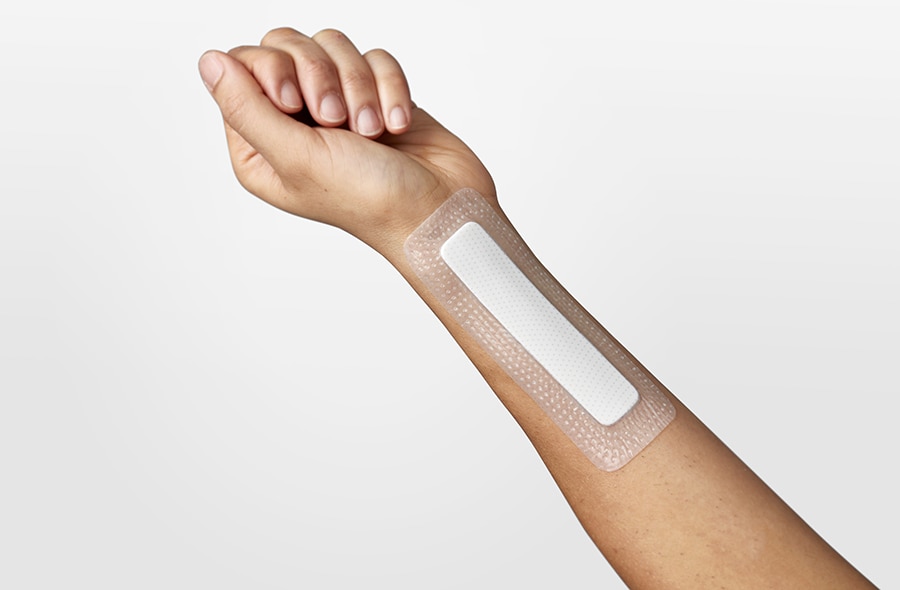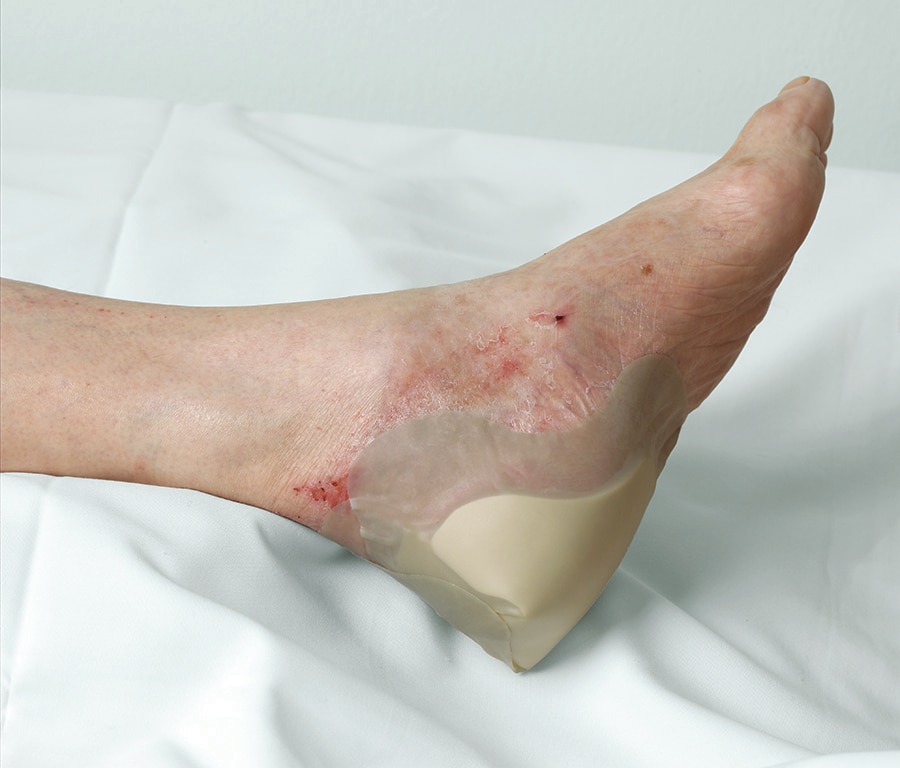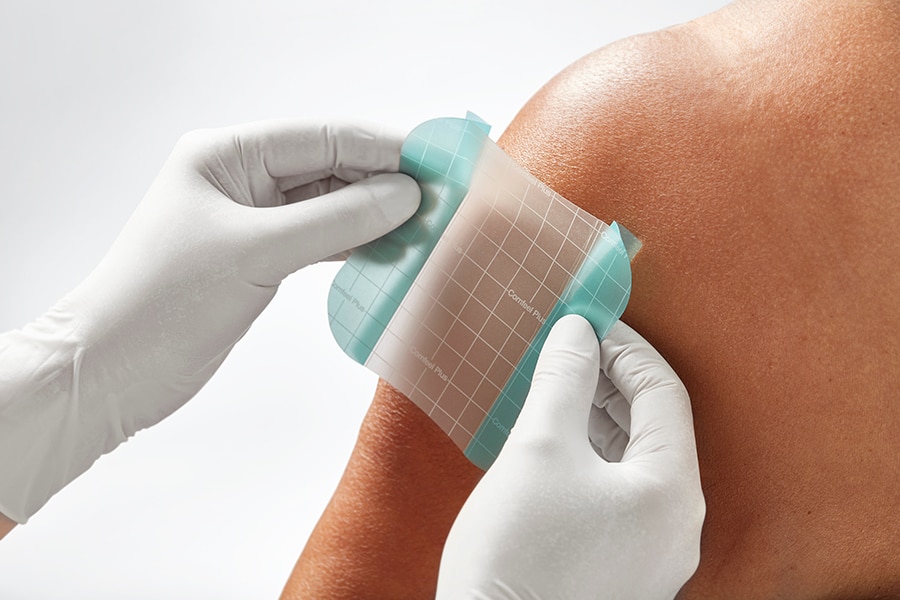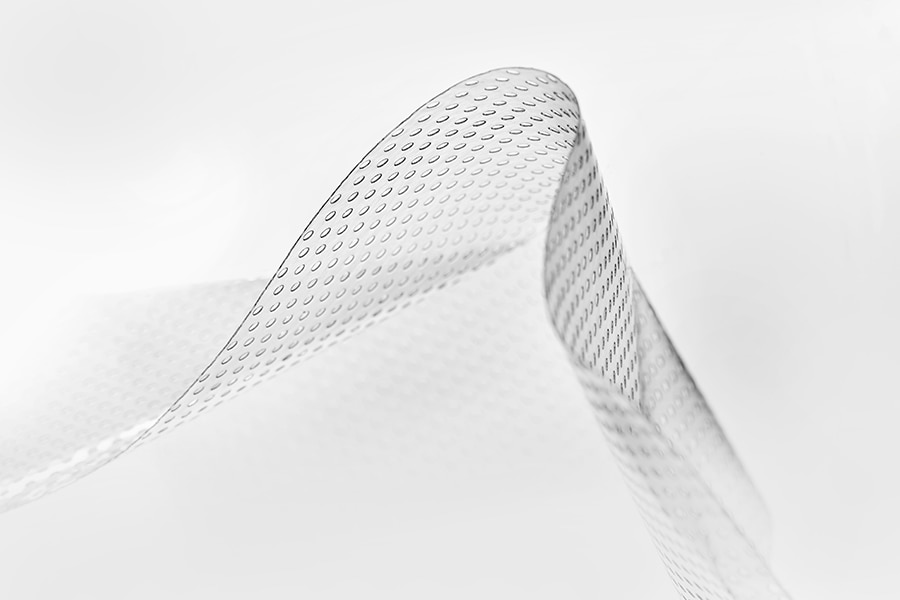How do I select the right foam dressing?
Foam dressings offer several benefits in wound care. They:
- help manage exudate;
- maintain a moist wound healing environment;
- reduce over-/hyper- granulating tissue; and
- provide a healthy environment for epithelial maturation.3
The chart below outlines factors you should consider when selecting a foam dressing.
| Factors to consider | What to look for in the dressing |
|---|---|
|
Exudate level |
If you have a wound with medium to high exudate levels: Look for a dressing that can absorb and retain high amounts of exudate. Choosing a foam dressing that conforms to the wound bed can also help to minimise the risk of exudate pooling and other exudate-related problems. If you have a wound with low exudate levels: Consider using a thin or light foam dressing. If you’re using the foam dressing together with a compression bandage: Look for a dressing that can absorb exudate under pressure. |
|
Condition of the wound and periwound (surrounding) skin |
If your patient has fragile skin: Consider using a non-adhesive or silicone adhesive foam dressing. This will help protect the skin from further damage or trauma. |
|
Wound depth |
If you’re treating a deeper or cavity wound: Consider using an alginate or gelling fibre dressing to fill the cavity. You can then use a foam dressing as an absorptive secondary dressing. |
|
Location on the body |
Consider the wound’s location on the body: This will help determine which dressing size, shape and adhesive are appropriate for the wound. For example, some areas of the body may require a dressing with a stronger adhesive for the dressing to stay in place. |
|
Wound infection or pain |
If the wound is infected: Use a foam dressing with an antimicrobial, such as silver. If the wound is painful, you can choose a foam dressing containing ibuprofen. |
|
Wear time |
Consider:
TIP: Selecting a dressing with a longer wear time can result in considerable cost savings, both in terms of nursing time and materials.2 |
Remember:
Always start by conducting a holistic assessment of your patient and their wound.
Tips for choosing the right foam dressing
Look for a dressing that:
- absorbs and retains an appropriate amount of exudate, also under pressure.1 This will minimise the risk of leakage and maceration;
- conforms to the wound bed. This will minimise exudate pooling and maceration of wound edges and the periwound skin;1
- adheres to the surrounding skin, while still being easy to remove.3 This will help prevent pain and damage to the skin surrounding the wound; and
- is cost-effective and readily available.3





